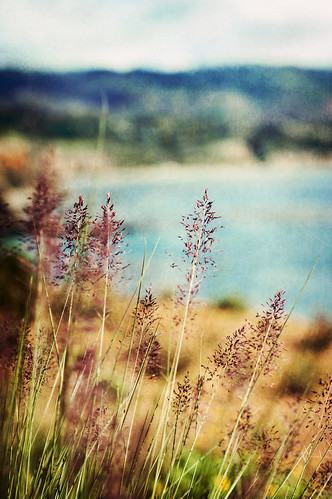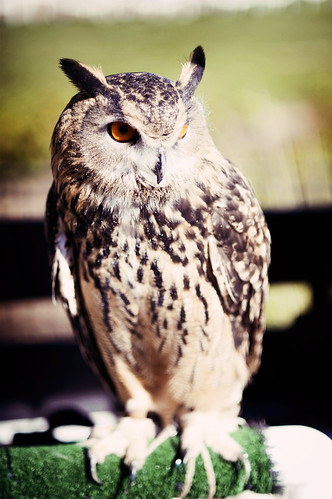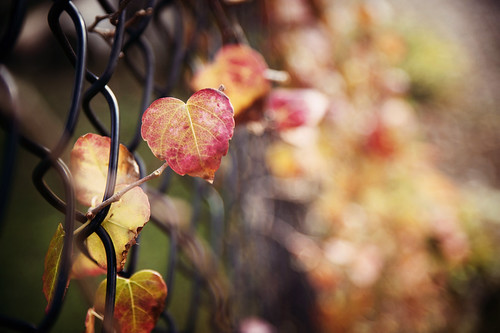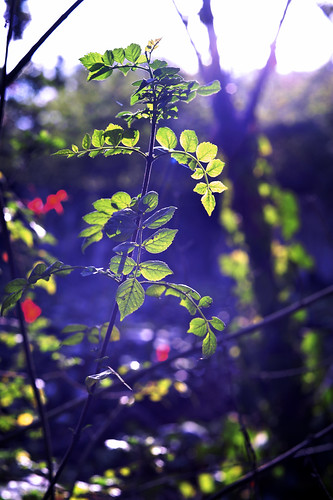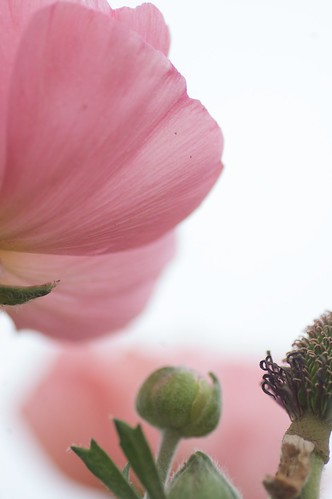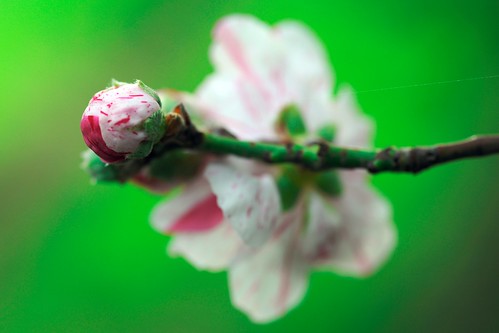Calendula in Florence's Garden in February

FEBRUARY
Calendula can be in full bloom on Valentine's Day. Do note on your calendar to plant them next September or October. Learn to plant the lovely annuals that will soon be in bloom, in early fall, to get the best and most carefree bloom, we have all year. All of the following bloom best in our early spring: Calendula, Iceland Poppies, Primula, Primroses, Cineria, Stock, Marguerites, Daffodils, Freesia, Statice, Callas - boom in February and March if planted in the fall. Buy them by the dozen then, at very reasonable prices. They will all be available in 4" pots at a higher price now. Another advantage of early spring bloom is the dormancy of many insects.
Roses pruned last month can be fed a good 1 cup of balanced commercial fertilizer now, 10% nitrogen. As soon as all of the the sprouts are out.
Buy cottonseed meal to feed Azaleas next mont - good for other shade plants too.
Prune Poinsettias, Lantana, and semi-hard hibiscus, bougainvillea - about the middle of February. Our last freeze date in this area is February 28. Finish dormant pruning early in February.
In spite of the advice of others, I don't fertilize my lawn much now or it gets too think in March and is very difficult to cut.
Cymbidiums get Hi-nitrogen til July.
Epiphillums get a Hi-bloom fertilizer as soon as blooms appear.
Fuschsias get a second and last feeding of blood meal now. 1T per basket and a heaping T per foot in the ground. Don't work into soil.
Pelagoniums gat a pinching now.
Dahlias and tuberrose go in now.
Try another dozen delphiniums in enriched soil. Bait for snails. Or you can use plastic cherry tomato baskets inverted to protect delphiniums from birds and snails.
Make a mum tree. Put 3 plants close together and pinch out side shoots till correct height is reached, then train it like a tree rose. Pompoms are best.
Calendula, carnations, cinerarias, and dahlias always suffer insect damage. I protect from the time of planting with the granular form of systemic and therefore do no spraying, simply using the granules every six weeks.
Meyer lemons do very well here. They are dwarf and look great in a large container.
Try some Azaleas even if they are difficult here. They don't really like our alkaline water and soil. Work an azalea mix into your soil. I don't like pure peat, once dry it is next to impossible to get it wet again.
~Florence Sullivan


